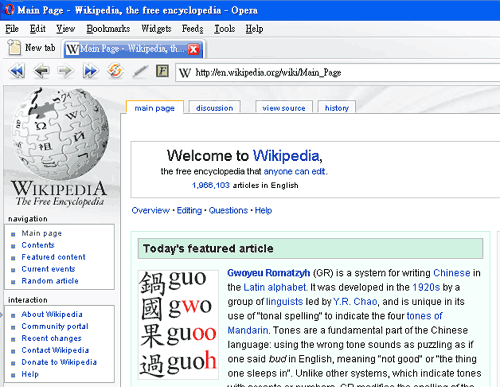Rubén G. Rumbaut of the University of California, Irvine, has written an interesting study titled The Evolution of Language Competencies, Preferences and Use Among Immigrants and their Children in the United States Today (PDF). It was prepared for the U.S. House Subcommittee on Immigration, Citizenship, Refugees, Border Security, and International Law for a hearing in May on immigration reform and U.S. immigrant integration.
Rumbaut’s findings back up the reputation of the United States as a graveyard for languages. The study has much of interest; but for this post I’ll focus just on Asian languages, which Rumbaut said “can be expected to die out at or near the second generation.”
Of special interest to readers of this site are the figures for foreign language fluency among longitudinal samples of young adult children of immigrants, as surveyed in 1992 (age 14), 1995, and 2002 (age 24).
The groups in the longitudinal study are Mexican, Cuban, Nicaraguan, Colombian, Dominican, Haitian, Filipino, Vietnamese, Laotian & Cambodian, and Chinese. Between 1992 and 2002, the percentages of those who said they could speak their foreign language “very well” increased — often substantially — for every group but two: Vietnamese (dropping from 33.8 percent to 29.7 percent) and Chinese (falling much more sharply, from 29.4 percent to 17.6 percent).
The figures for reading and writing also follow a downward trend among Chinese — and only among Chinese. Moreover, Chinese had the lowest rates among the tracked groups for those who can read very well or write very well. In 2002 a mere 2 percent of the Chinese group reported they could write Chinese very well.

